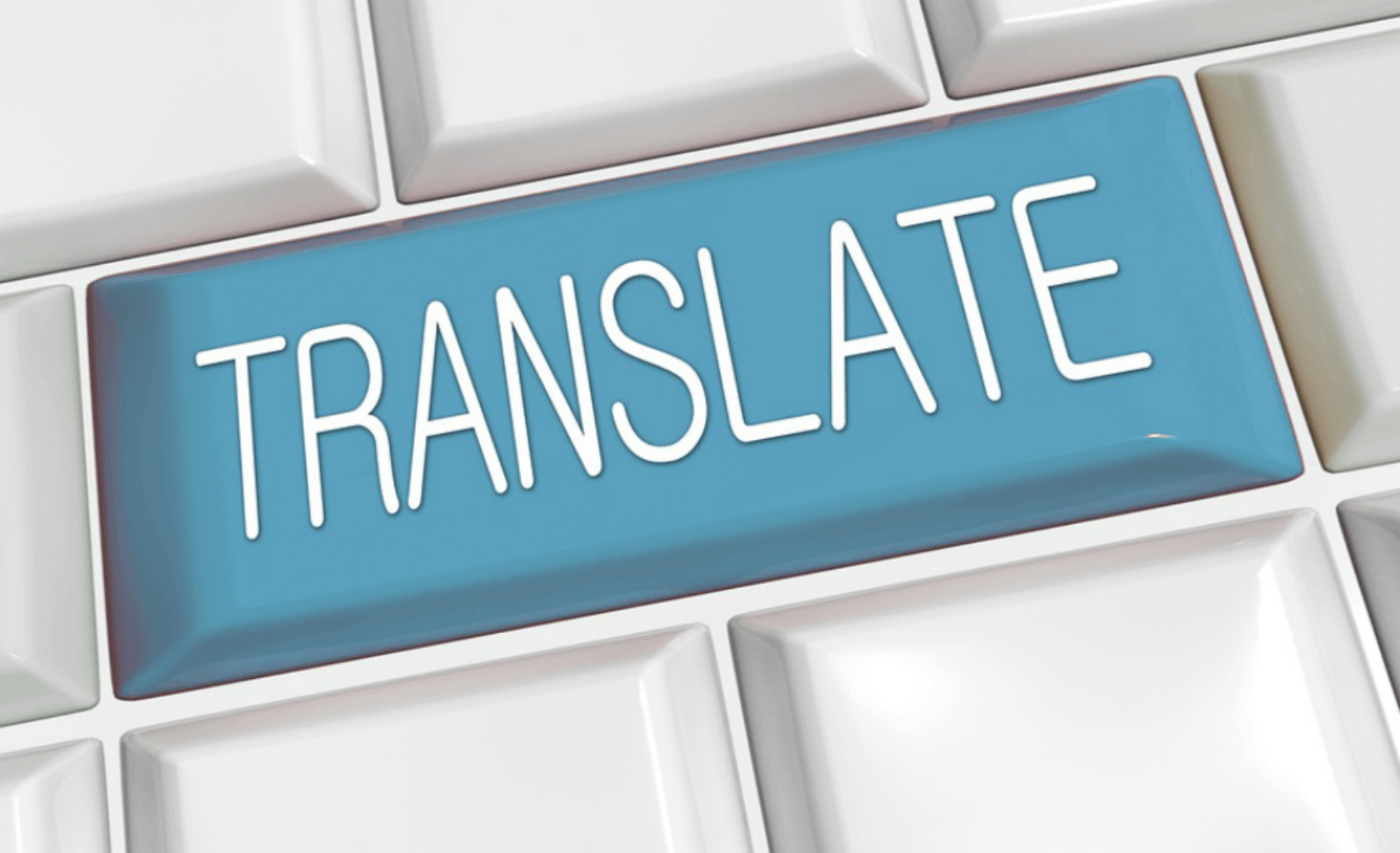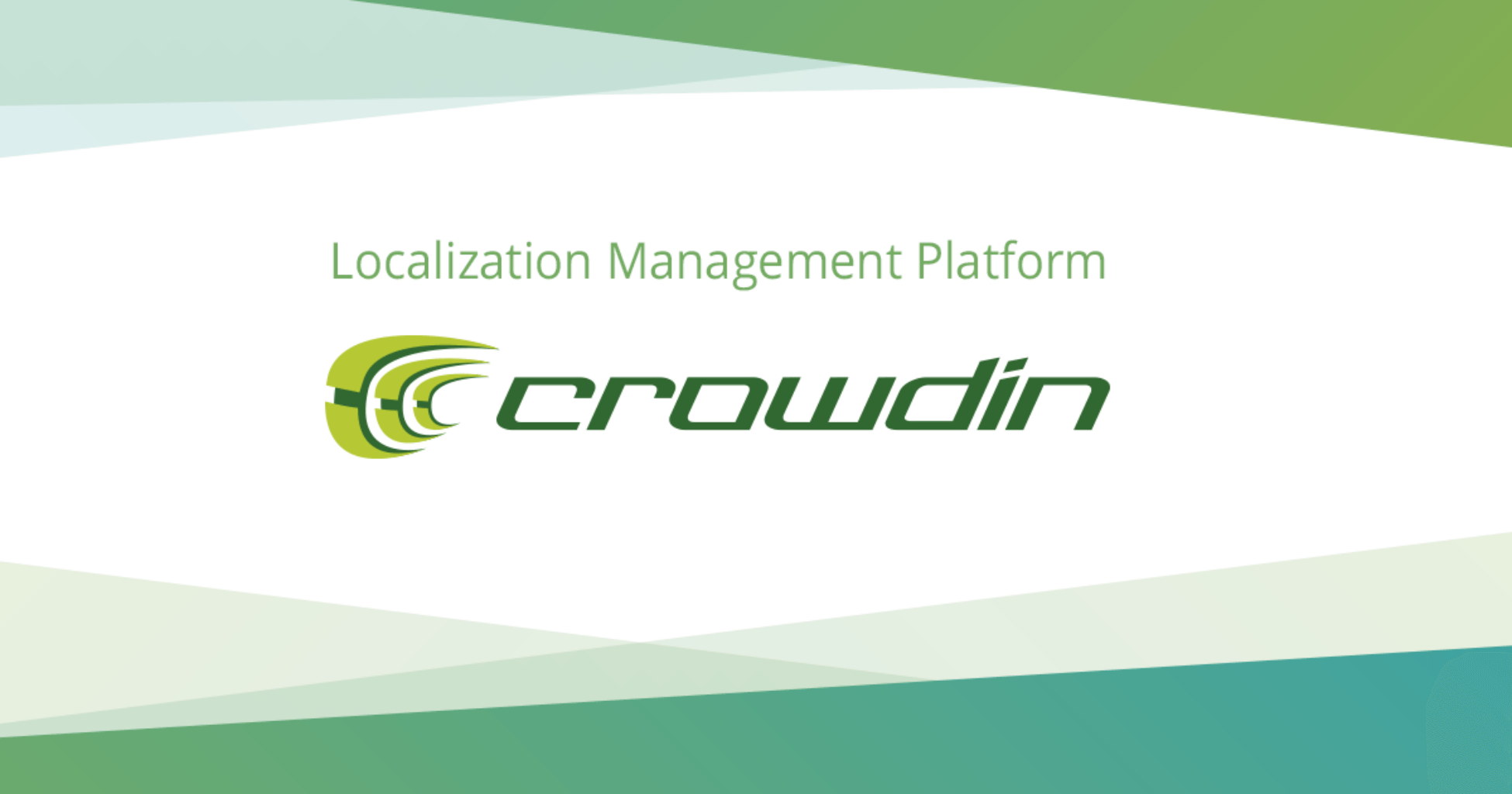Web translation memories by Proxy

For website translations to be suited to each target user and obtain an optimum result, they require time. There are different solutions for optimising and expediting the process, such as translation memory management, a function provided by translation tools that is useful to both translators and clients.
What are translation memories?
Translation memories are a well-known function of computer-assisted translation systems (CAT). These language databases are divided into segments, and they record the translations as the translator progresses through the translation job, so they can be used in future work.
Thereby, if the text being translated during the translation process matches any translated content that has been previously recorded in the translation memory, it will be applied automatically. Generally, it does not only search for 100% matches between the segment to translate and those previously translated, but it also considers partial matches that are very similar to previously translated segments. What are its advantages?
- They avoid translation duplication: As matches between the text to translate and the content in the translation memory are applied automatically, we avoid translating the same text twice.
- They reduce the cost of translations: As a result of the previous point, by not translating the same content twice, the cost of the translation will be lower for the client, as a second translation is not paid.
- They expedite the translation process: The translator's work is simplified as a result of the automation process of translating content when there is a match between the source text and the translation memory.
- They avoid any incoherence between translations: As the texts are translated using the translation memory, the translator can produce translations that follow the line of the client. This means that the client's role and the delivery of translation memories is a key factor in maintaining the coherence of translations.
- They can be shared and used in the future: A common feature of translation memories is the TMX language. It is an XML-based format designed to simplify use and share translation memories. Therefore, a same memory can be used with different translation programs that support this type of format.
All translation tools currently do so, thus providing the possibility of importing and exporting memories in this universal format. This has become one of the main advantages for companies that wish to carry out their translations using their own translation tool.
AT Website Translator and translation memories
Among our translation solutions we offer the AT Website Translator website translation by Proxy, which features state-of-the-art technology that provides the user with a myriad of functionalities, making website translation a simple and fast process. We also offer a fully customised website translation tool, a “Corporate Solution” which means any company can break down the language barrier and penetrate other markets.
One of the main functionalities of our website translation solutions is that they allow managing translation memories . As a result, you will be able to:
- Import and export translation memories
- Export the texts to be translated in a TMX file, so they can be translated using your own translation tool
- Edit translations on the online platform once imported
- Save time and translation costs, as translations imported from the memory are updated directly and their duplication is avoided.
All translation memories managed by the clients are theirs. Therefore, they can be exported and imported at any time.
Would you like to automate your website translation? Choose AT Website Translator.




